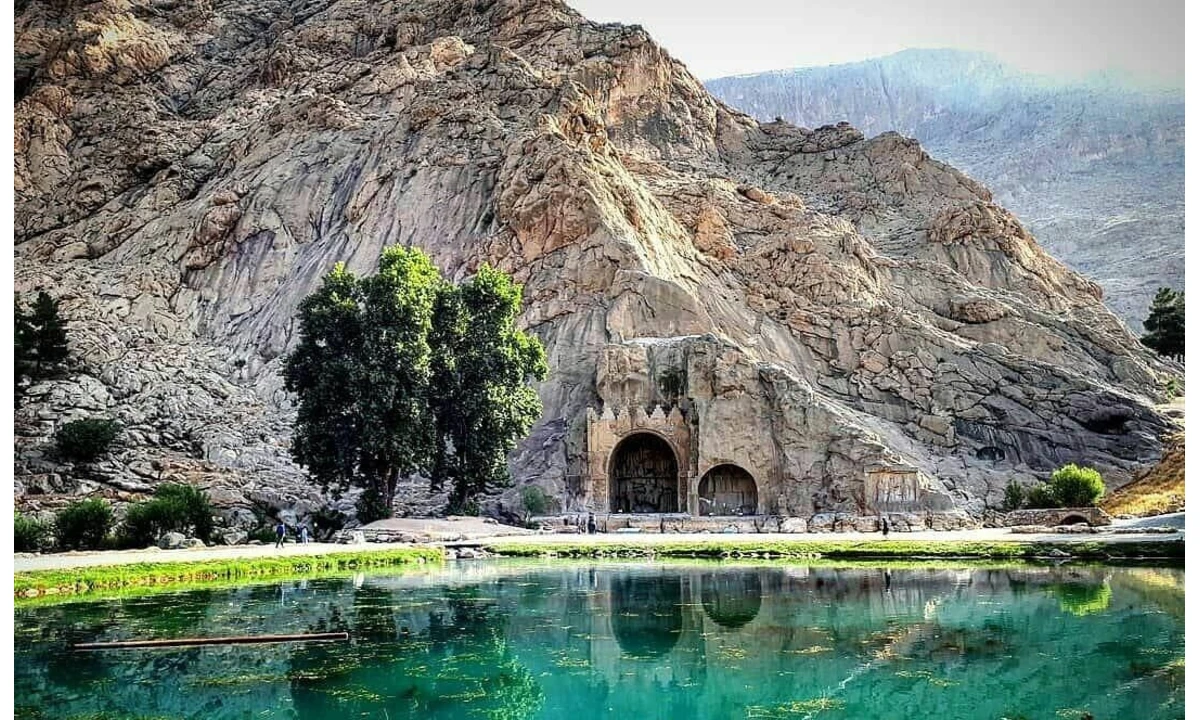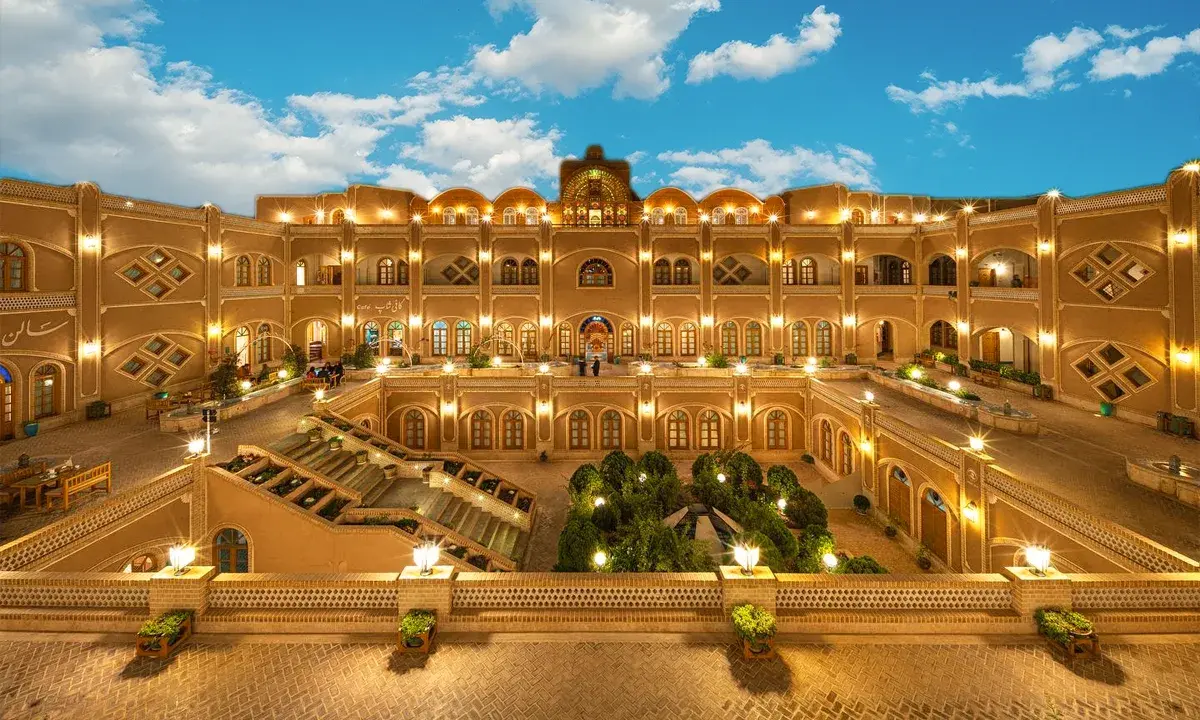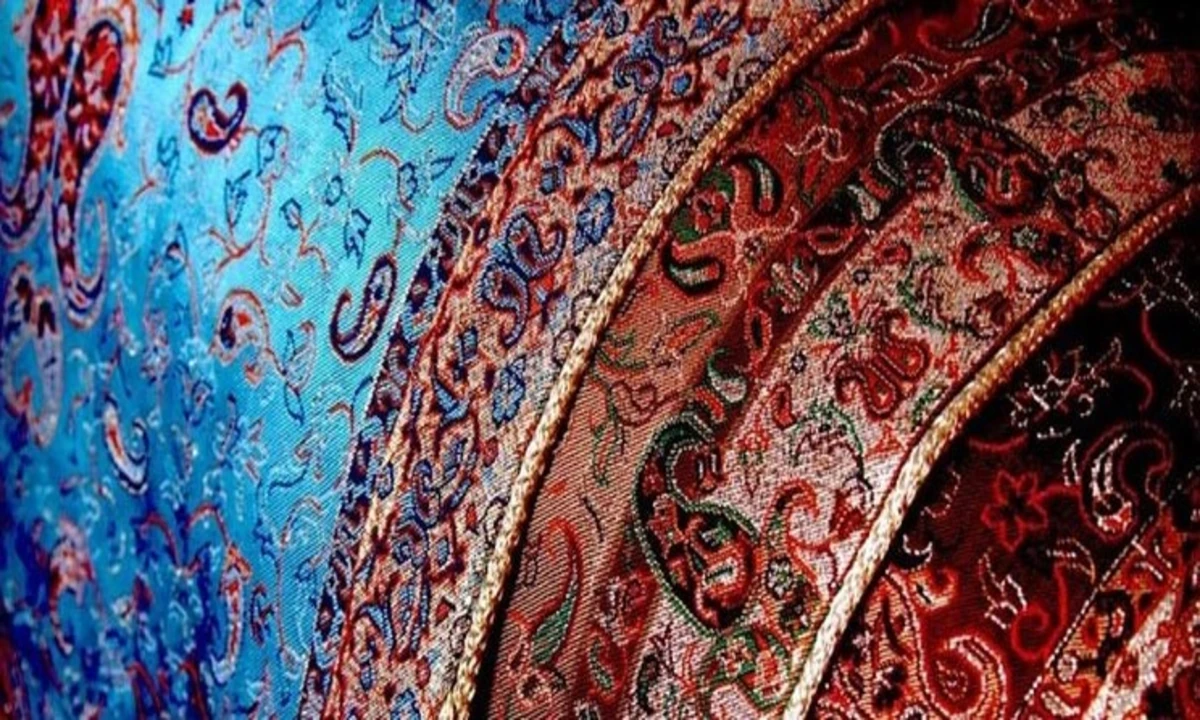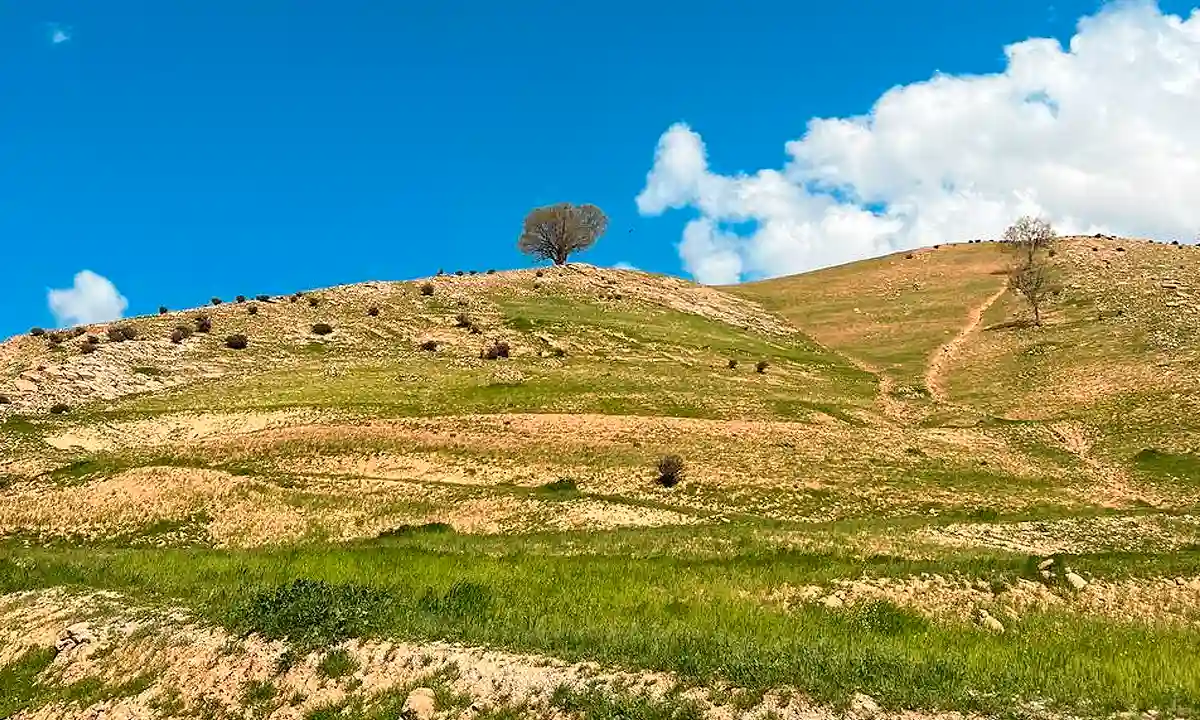Sa'dabad Historical Cultural Complex in Tehran - one of the best iran historical places
![]() Author : shiva | Date : Sunday 01 December 2024 11:23
Author : shiva | Date : Sunday 01 December 2024 11:23

If we decide to make a list of Tehran symbols in Iran tourism, then the Sa'dabad Historical Cultural Complex is at the top of the list. All tourists who travel to Tehran will visit the Sa'dabad complex at least once on their tour. The Sa'dabad complex is very beautiful in the spring, but this beautiful garden, located on the Alborz slope, has its beauty in the winter and does not disappoint its visitors.
This piece dives into the essence of the Sa'dabad Historical Cultural Complex, shedding light on its historical significance, stunning landscapes, and architectural marvels. For those yet to experience the grandeur of this site, we aim to inspire a sense of urgency to explore this cultural gem. Ensuring a visit to this remarkable symbol of Tehran should be on everyone’s bucket list. And for the seasoned visitor, we suggest there might be nuances and details previously overlooked, offering a compelling reason to plan a return visit and uncover more layers of its history and beauty.
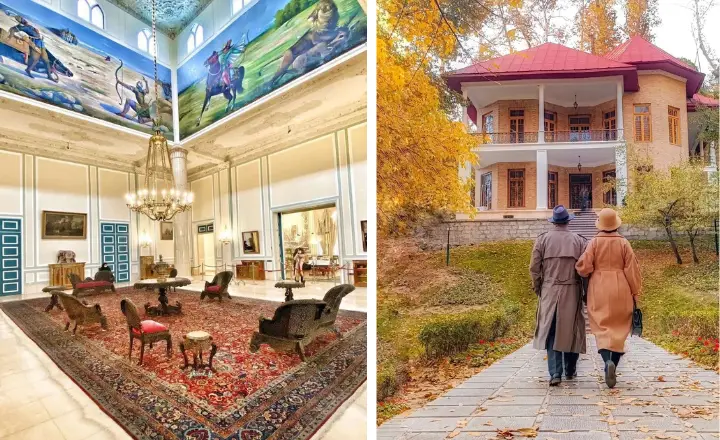
The Sa'dabad Historical Cultural Complex is located at the northernmost point of Tehran, on the slopes of the Alborz Mountains. Once upon a time, Tehran was so different from today, and northern Tehran was a village with very temperate and fresh weather away from the city. The Qajar kings built a palace in this village, and in the summers, when the city had tumultuous heat, it was a way for them to emigrate there. After the collapse of the Qajar dynasty during the first Pahlavi, the Sa'dabad complex was the king's resort, and at the time of Pahlavi II, the royal family moved completely to this palace.
Currently, the Sa'dabad Historical Cultural Complex consists of 18 palaces, each of which in the past has been the exclusive palace of a member of the royal family. The oldest palace in this complex is Ahmad Shahi. The Sa'dabad Historical Cultural Complex has an area of 180 hectares and is a full suite, including streets surrounded by tall plantations, forests, rivers, greenhouses, and garden plants.
✔️Read More : Niavaran complex in Tehran - historical Palace of last royal family in tehran
Sa'dabad Historical Cultural Complex sights
The Sa'dabad Historical Cultural Complex contains various attractions, and it takes around 4-5 hours to tour them all. The first appeal of the Sa'dabad Historical Cultural Complex is its gorgeous environment, with its tall trees surrounded by the complex's streets and the sounds of birds heard from their depths. The Jafarabad River runs through the palace, and bungalows are erected along its banks. This complex's flora is diversified due to the presence of rivers and hilly climates. Currently, the registration plate includes 7,500 valuable trees and a sampling of plant types with a descriptive table. Several animal species live in this garden.
You must have a ticket to enter any of the museums in the Sa'dabad complex. When you arrive at the map collection, get the location of each of the palaces and, depending on your interest, buy the tickets to the museums you want to visit. We will give you a brief explanation of each of the museums.
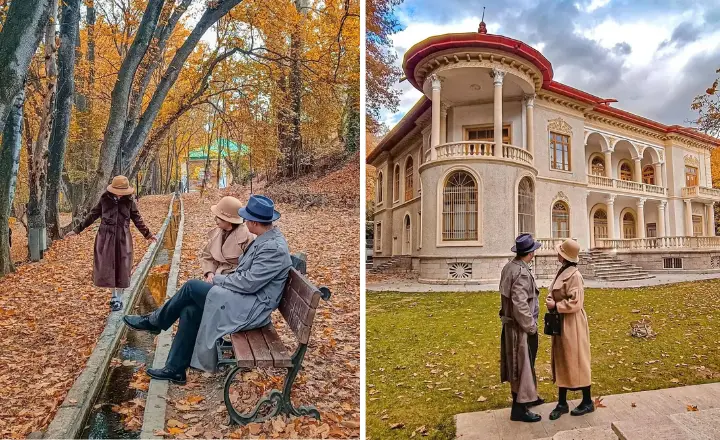
Aswad museum; the art gallery
In the southern part of the Sa'dabad Historical Cultural Complex there is a palace known as the Aswad Museum due to the black stones used in it. This palace, used before the revolution as the court of ministries, changed after the revolution and became a museum of art.
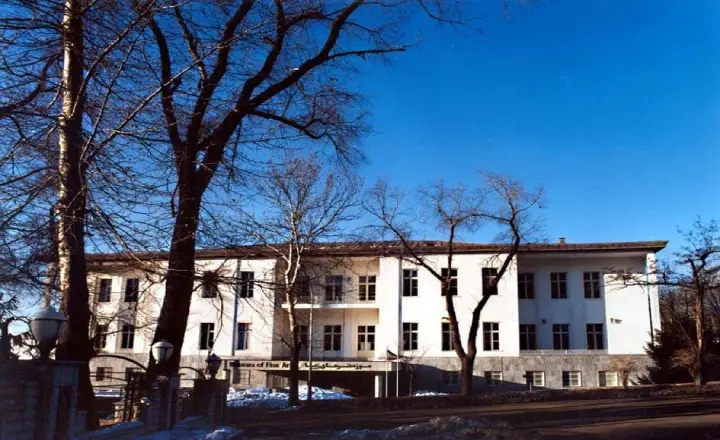
Complex works by contemporary Iranian artists are on display at the Aswad Museum in Sa'dabad. The first floor is home to the works of European artists from the nineteenth and twentieth centuries, and on the second floor are the paintings by Iranian painters from Zand, Afsharieh, and Qajar. Among the works of Europe, there is a collection of very significant paintings, such as Salvador Dali's Sleep. If you are interested in painting and art history, you will enjoy watching these works.
Royal photos Museum
Sa'dabad Complex, during his long life, has witnessed significant events, many of which have been recorded using photographs, films, and written documents and have been publicly displayed at the Royal Documentation Museum today.
If you are interested in contemporary historical events, we suggest you visit this museum.
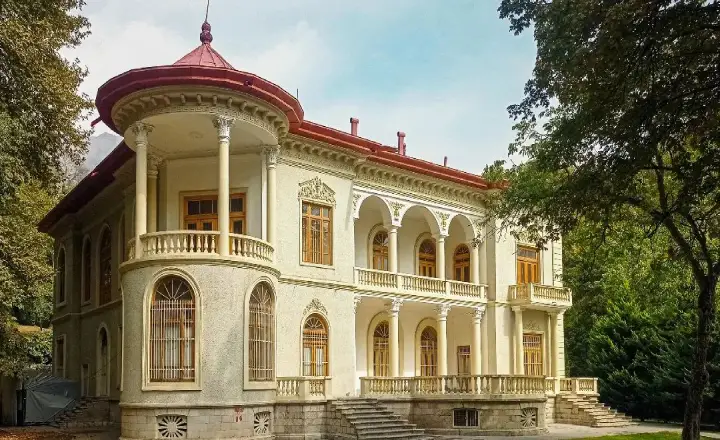
Mellat Museum and Arts of Nations Museum
The Mellat Museum, with an area of about 5000 square meters, is the largest palace in the Sa'dabad complex. This palace, with its white walls, is also called the white palace. In this palace, which was the main residence of Mohammad Reza Pahlavi and his wife, there are several halls and ceremonial halls, in which the furnishings are very sophisticated and exquisite.
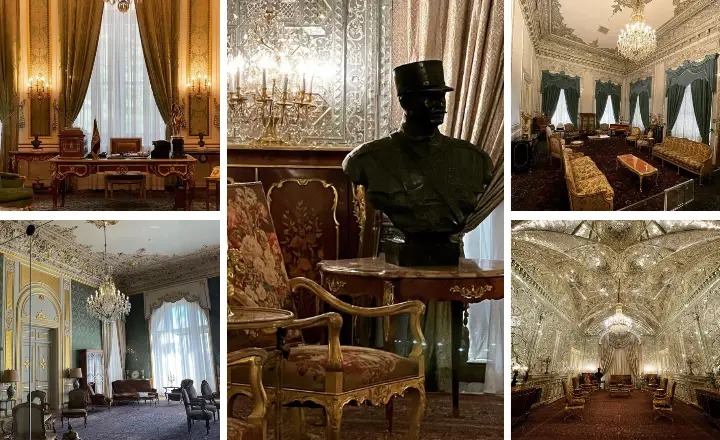
In the past, the Arts of Nations Museum was Farah Diba's exclusive museum at the Mellat palace. Paintings and volumetric works by Iranian and foreign artists have been featured at this museum in the Sa'dabad complex.
Green palace in Sa'dabad Historical Cultural Complex
The most famous building in the Sa'dabad Historical Cultural Complex is the Green Palace, which is famous for its marble green look. It is said that the marble rocks used in the palace's wall are from the mines of Zanjan and the ruins of Shemiranat.
The Sa'dabad complex has two floors, and it was built at a time when Reza Shah was the Commander of the Revolutionary Guards. Later, this palace was used as his residence and office.
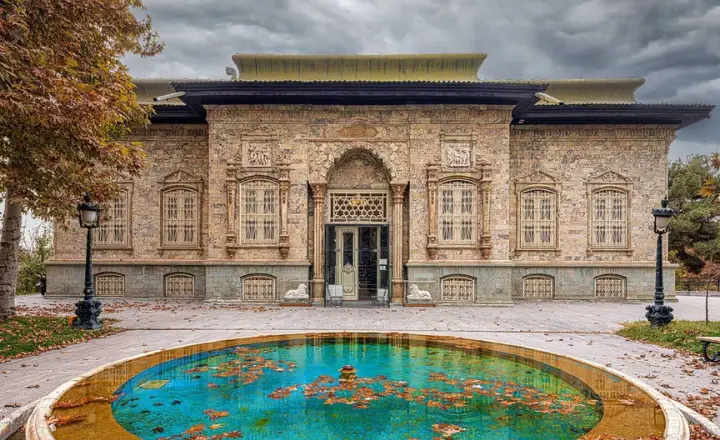
The most famous place is the dining room, where its seventy-meter rug is very beautiful and expensive, and the rest of its décor dates from the French eighteenth century.
Royal kitchen Museum
Visiting this museum is interesting for people interested in cooking and kitchens. This museum was, in fact, the kitchen of the Sa'dabad complex, which was responsible for the supply of royal food and their guests. Today, the kitchen has become a museum with all its equipment.
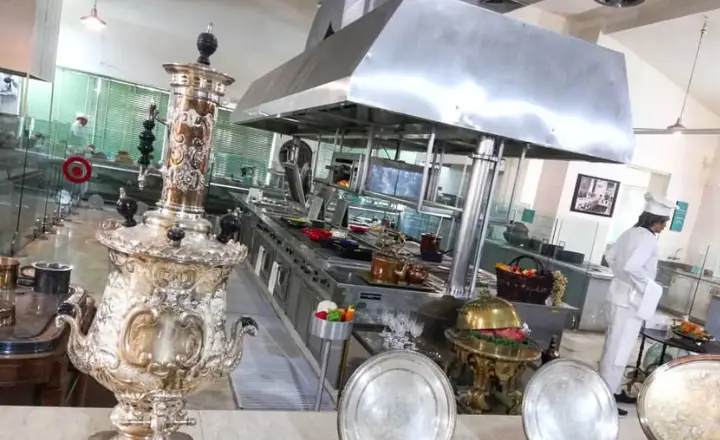
Farah Pahlavi Palace; Negarestan Museum
Not only the objects inside this palace but also the building itself are very beautiful. This palace in the Sa'dabad Historical Cultural Complex was Farah's summer residence and office and is currently used to display period artwork.
Shams Pahlavi Palace; Museum of Anthropology
This palace in the Sa'dabad complex was built inspired by the Sassanid elements and the style of the German palaces and was formerly the residence of Shams Pahlavi. The Museum of Anthropology Collections displays the lifestyle of the Iranian people, and its most prominent features are the costumes of Farah Diba, the former queen of Iran.
Farshchian Museum
The Farshchian Museum is also a part of the Sa'dabad Historical Cultural Complex, which has been featured by this prominent master of traditional Persian painting.
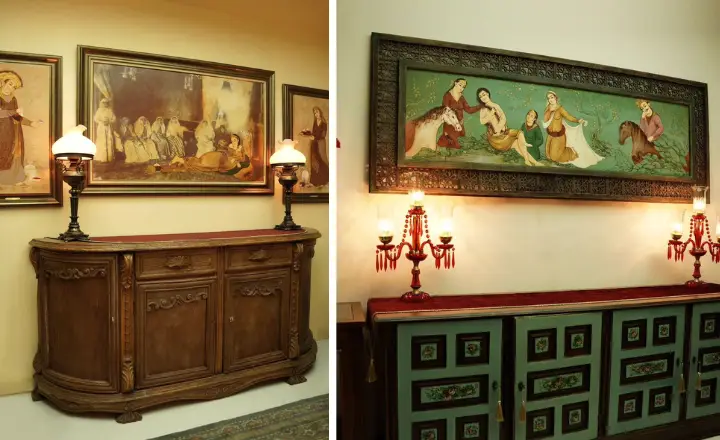
The Museum of Hussein Behzad
The Museum of Hussein Behzad in the Sa'dabad complex was built in a palace that was formerly called the crown prince's palace. In 1371 SH, the son of Professor Hossein Behzad, the most prominent Iranian artist, donated 290 pieces of his work to the Cultural Heritage Organization. The organization elected the crown prince of the museum of Professor Hussein Behzad and opened the museum on his 100th birthday in the Sa'dabad complex.
Other parts of the Sa'dabad Historical Cultural Complex
Museums, military, Emad's books of the museum of royal dishes, court weapons, royal clothing, military, the green museum palace, which is very beautiful and eye-catching, water, Mir Emad's handwriting and book, royal cars, and Negarestan are other sights of the Sa'dabad Historical Cultural Complex, and you can visit them yourself.
Access to Sa'dabad complex
To arrive at the Sa'dabad Historical Cultural Complex, start your journey from Tajrish Square. From there, navigate through Sa'dabad Street, continue onto Afraz, and then onto Taheri Street, where you'll find the western entrance to the complex. For those preferring public transportation, the first step is to reach Tajrish Square using the subway, bus, or taxi. Once at Tajrish Square, you can follow the specific directions that lead directly to the Sa'dabad Complex, ensuring a straightforward trip to this prominent destination.
The Sa'dabad Historical Cultural Complex is very big, and inside it, van cars are provided for those who want to come directly to the palaces. So, if you're not into walking, you can feel comfortable.
Walking from the entrance of the Sa'dabad Historical Cultural Complex to the museums takes about twenty minutes. So if you're going to walk, do not forget your comfortable shoes. In the first half of the year, from 9:00 a.m. to 6:30 p.m., you can visit the Sa'dabad complex, and in the second half of the year, from Saturday to Friday, from 8 a.m. to 5 p.m.
✔️Read More : Golestan Palace in Tehran: A Historic Masterpiece
Planning your visit to the Sa'dabad Historical Cultural Complex
Best Times to Visit: Spring (March to May) and fall (September to November) are ideal for visiting the the Sa'dabad Historical Cultural Complex, thanks to the mild weather and the gardens in full bloom or the autumnal colors.
Entrance Fees and Hours: Admission fees vary depending on the specific museums and palaces within the complex you wish to visit. Typically, the complex is open from 9:00 AM to 5:00 PM, but hours may extend during the summer months. and The entrance fee to the Sa'dabad Palace Museum for foreign tourists is 1,000,000 rials.
Tour Options: Visitors can choose between guided tours, which provide in-depth historical context and insights into the complex, or explore independently. Audio guides are also available for a more flexible experience.
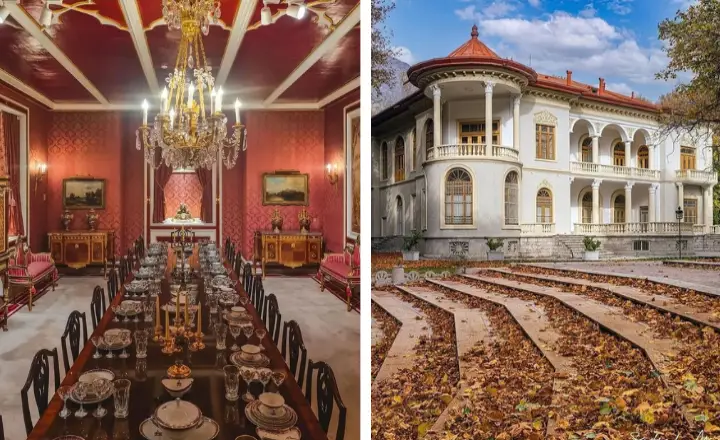
Visitor Amenities in the Sa'dabad Historical Cultural Complex
Cafés and Restaurants: Several dining options are available within the complex, offering traditional Iranian cuisine and refreshments, perfect for a relaxing break during your visit.
Facilities and Accessibility: The complex is equipped with visitor facilities, including restrooms and parking. Efforts have been made to improve accessibility for visitors with disabilities, but some areas may still present challenges due to the historic nature of the buildings.
Souvenir Shops: Gift shops within the complex sell a variety of souvenirs, handicrafts, and books, allowing visitors to take a piece of Iranian culture and history home with them.
Tips for Travelers
Cultural Etiquette: Respectful attire is advised, in line with Iranian customs. Photography is allowed, but restrictions apply in certain areas, so look out for signs or inquire beforehand.
Photography Rules: Personal photography is generally permitted within the complex and gardens, but commercial photography may require special permission.
Navigating the Complex: Given its size, wearing comfortable shoes is recommended. Consider starting your visit early in the day to avoid crowds and have ample time to explore.
Last Word
Exploring the Sa'dabad Historical Cultural Complex offers a unique journey through Iran's rich history, art, and culture. Set against the backdrop of Tehran's stunning natural landscapes, this complex promises an unforgettable experience for all who visit. Whether you're drawn by the allure of royal residences, the tranquility of lush gardens, or the depth of cultural exhibitions, Sa'dabad has something to captivate every heart. We encourage you to soak in the beauty, learn from the past, and take with you memories that will last a lifetime.
FAQ
Answering a few tourist questions:
Is English information available throughout the complex?
Yes, many of the signs and informational placards within the complex are bilingual, offering both Persian and English descriptions. Additionally, some audio guides and tour services are available in English to cater to international visitors.
How accessible is the complex for visitors with mobility issues?
The Sa'dabad Historical Cultural Complex has made efforts to be accessible to visitors with mobility issues, with ramps and accessible paths in many areas. However, due to the historic nature of some buildings and gardens, not all areas may be fully accessible. It's advisable to inquire in advance about specific accessibility needs
Can I find food or refreshments on site, or should I bring my own?
There are several cafes and small restaurants within the Sa'dabad Historical Cultural Complex offering a variety of refreshments, snacks, and meals. These dining options provide a chance to taste local Iranian cuisine in a beautiful setting. However, you're also welcome to bring your own water and snacks, especially if you have specific dietary requirements.


